What Size Uv Filter For Nikon 50mm Lens?
When it comes to photography, every detail matters, and one of the often-overlooked aspects is the use of UV filters. If you own a Nikon 50mm lens, you might be wondering what size UV filter you need. This article will delve into the specifics of UV filters, their importance, and how to determine the correct size for your Nikon 50mm lens. By the end of this read, you will have a comprehensive understanding of UV filters and be well-equipped to make an informed purchase.
Understanding UV Filters
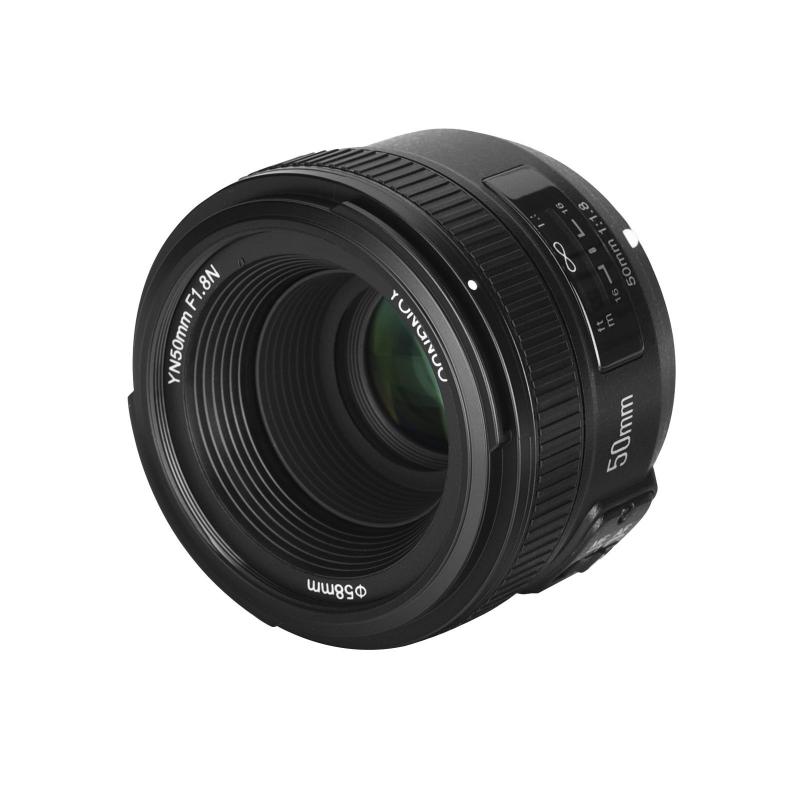
UV filters are transparent filters that attach to the front of your camera lens. Their primary function is to block ultraviolet light, which can cause haziness and reduce the clarity of your photos. While modern digital sensors are less sensitive to UV light compared to film, UV filters still serve several important purposes:
1. Lens Protection: UV filters act as a protective barrier for your lens. They can prevent scratches, dust, and moisture from damaging the lens surface.
2. Improved Image Quality: By blocking UV light, these filters can reduce haze and improve the overall sharpness and contrast of your images.
3. Ease of Cleaning: It's easier and less risky to clean a UV filter than the lens itself. If the filter gets dirty or smudged, you can clean it without worrying about damaging the lens coating.
Determining the Correct Size
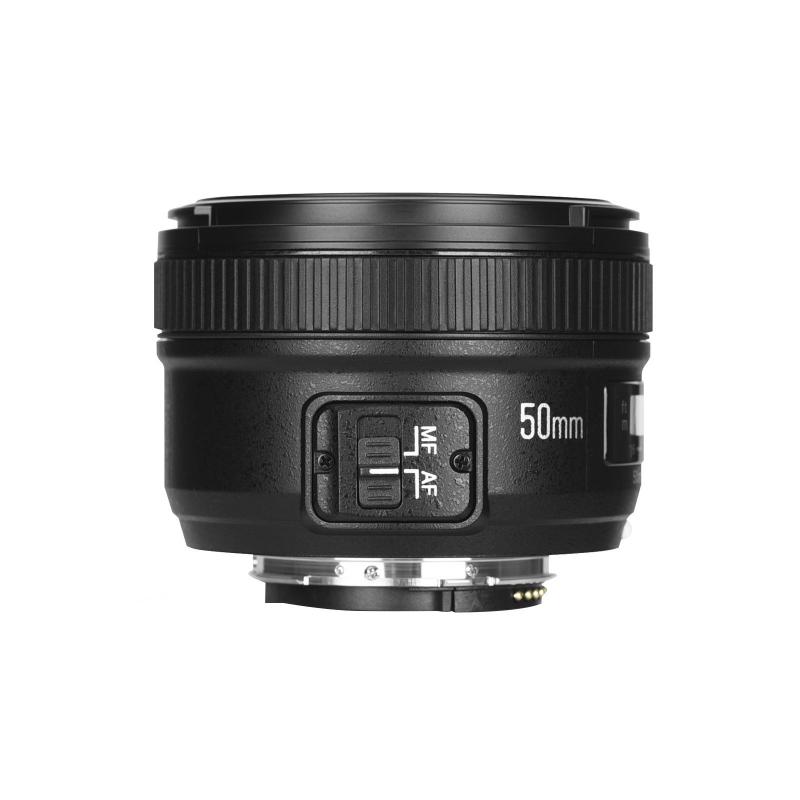
The size of the UV filter you need is determined by the diameter of your lens. For Nikon 50mm lenses, the most common filter thread size is 52mm. However, it's crucial to verify this information for your specific lens model. You can find the filter size printed on the lens itself, usually marked with a "Ø" symbol followed by the diameter in millimeters. For example, if your lens has "Ø52mm" printed on it, you need a 52mm UV filter.
Why the Correct Size Matters
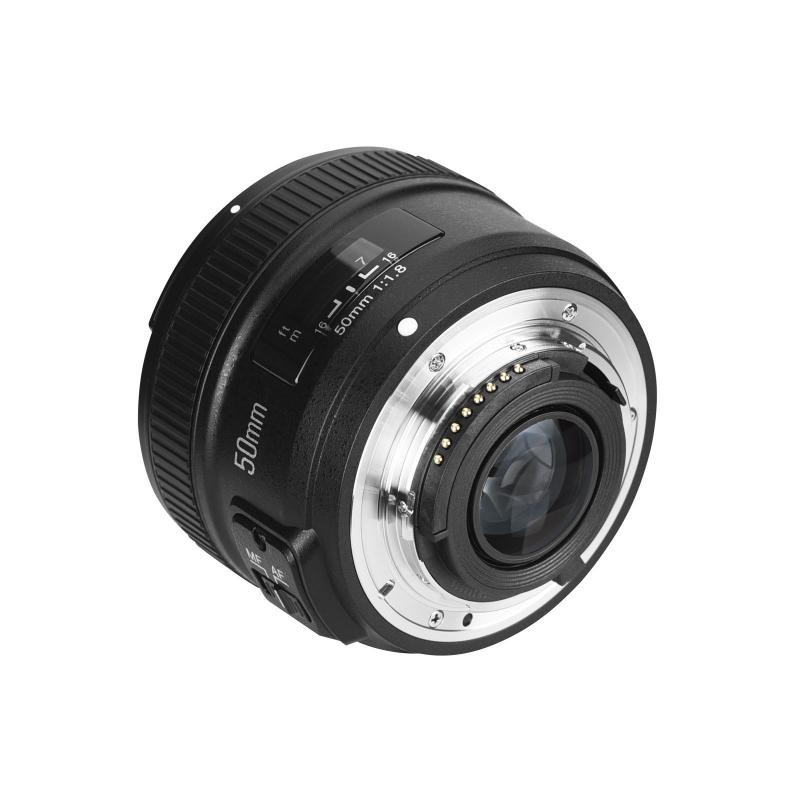
Using the correct size UV filter is essential for several reasons:
1. Optimal Performance: A filter that fits perfectly ensures that there is no vignetting (darkening of the corners of the image) and that the filter does not interfere with the lens's optical performance.
2. Secure Attachment: A filter that is too large or too small will not attach securely, risking damage to both the filter and the lens.
3. Aesthetic Consistency: A properly sized filter maintains the aesthetic integrity of your camera setup, ensuring that everything looks professional and well-maintained.
Types of UV Filters

Once you've determined the correct size, the next step is to choose the type of UV filter that best suits your needs. Here are some common types:
1. Standard UV Filters: These are basic filters that provide UV protection and lens safeguarding. They are generally affordable and suitable for most photography needs.
2. Multi-Coated UV Filters: These filters have multiple layers of coating to reduce reflections, flare, and ghosting. They offer better image quality and are ideal for high-resolution photography.
3. Slim UV Filters: Designed for wide-angle lenses, slim UV filters prevent vignetting. They are also lighter and less obtrusive.
4. UV-Haze Filters: These filters are specifically designed to reduce atmospheric haze, making them perfect for landscape photography.
How to Install a UV Filter
Installing a UV filter is a straightforward process:
1. Clean the Lens: Before attaching the filter, make sure the lens surface is clean. Use a lens cleaning solution and a microfiber cloth to remove any dust or smudges.
2. Align the Filter: Hold the filter by its edges and align it with the lens thread.
3. Screw the Filter: Gently screw the filter onto the lens in a clockwise direction. Be careful not to cross-thread it.
4. Check the Fit: Ensure that the filter is securely attached and that there are no gaps between the filter and the lens.
Maintenance Tips
To keep your UV filter in optimal condition, follow these maintenance tips:
1. Regular Cleaning: Clean the filter regularly to remove dust and fingerprints. Use a blower brush to remove loose particles and a microfiber cloth for smudges.
2. Proper Storage: When not in use, store the filter in a protective case to prevent scratches and damage.
3. Avoid Touching the Surface: Handle the filter by its edges to avoid leaving fingerprints on the glass.
Choosing the right size UV filter for your Nikon 50mm lens is a simple yet crucial step in ensuring the longevity and performance of your lens. By understanding the importance of UV filters, determining the correct size, and selecting the appropriate type, you can enhance your photography experience and protect your valuable equipment. Remember to maintain your filter properly to keep it in top condition, and you'll be well on your way to capturing stunning, clear images with your Nikon 50mm lens.


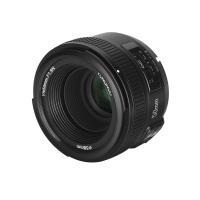



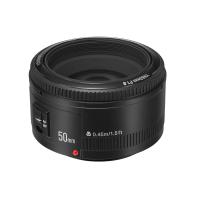




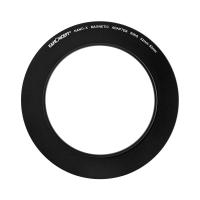
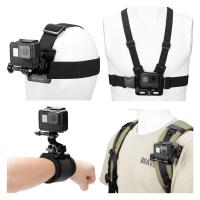




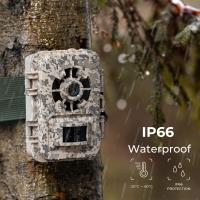
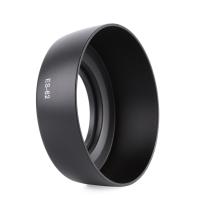
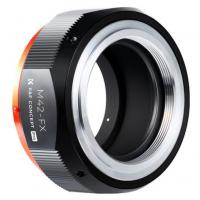
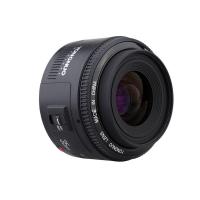
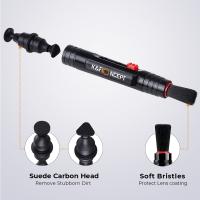
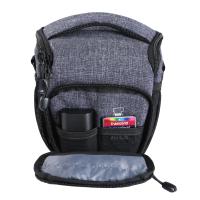
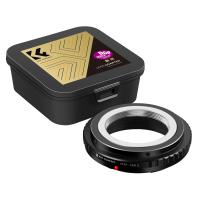
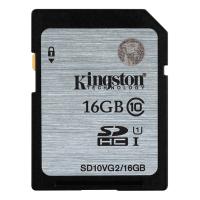
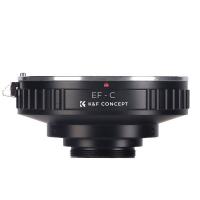
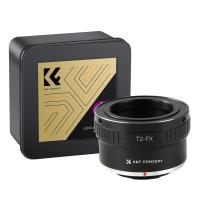
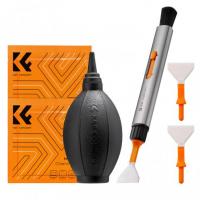
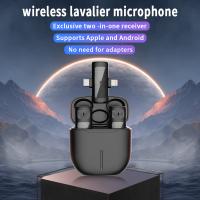
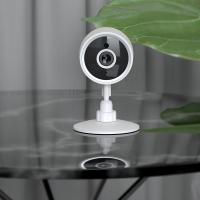
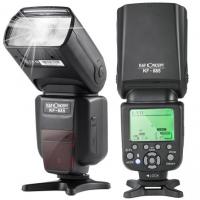







There are no comments for this blog.